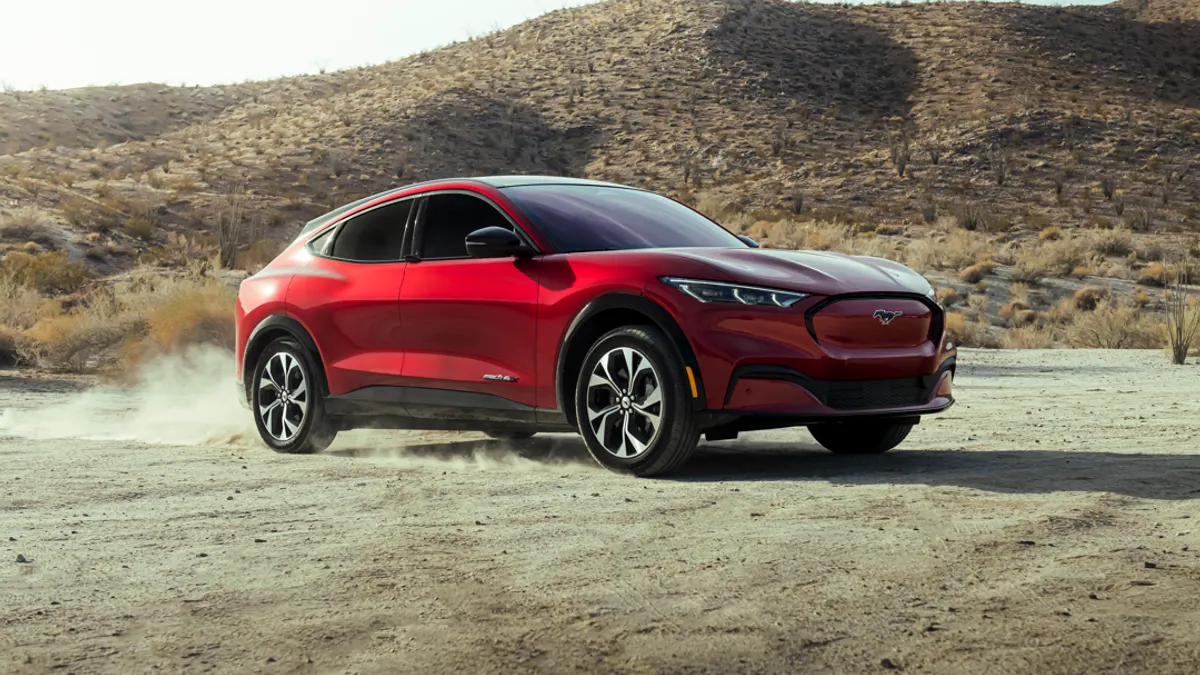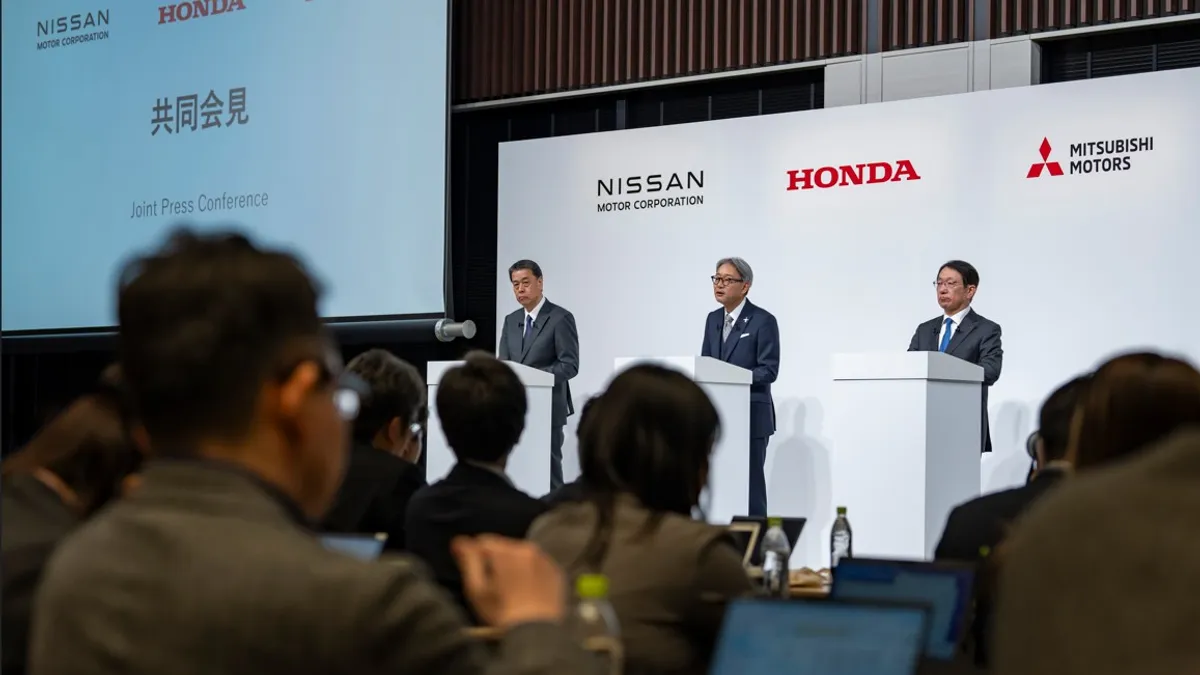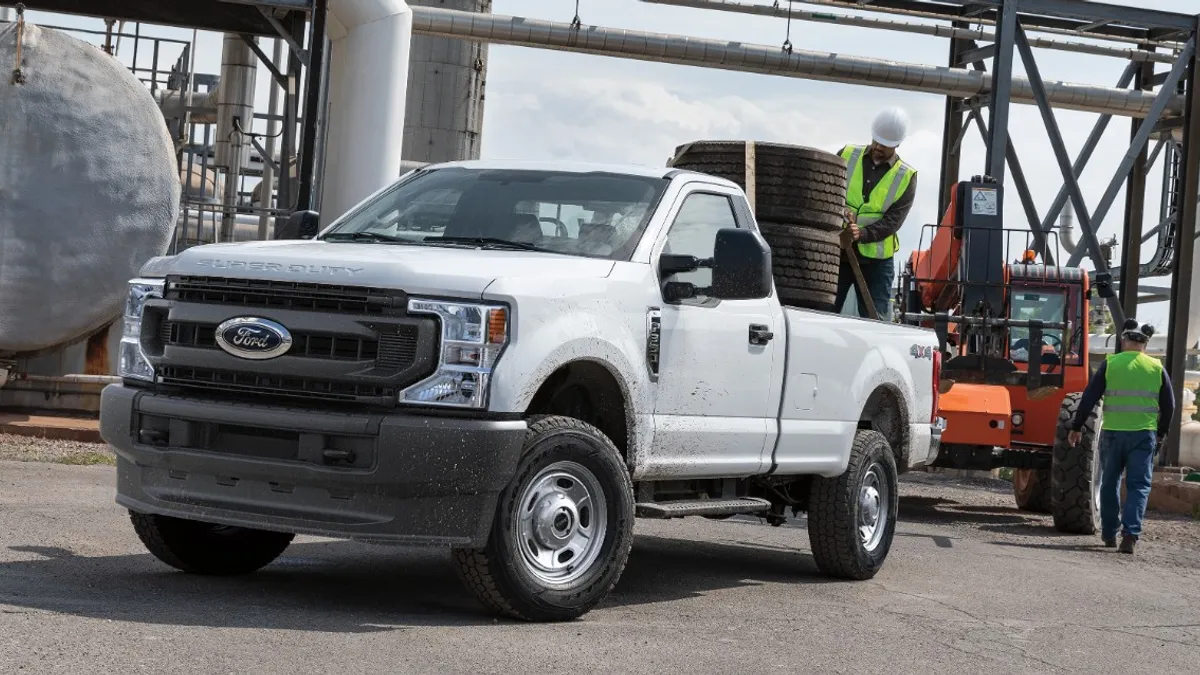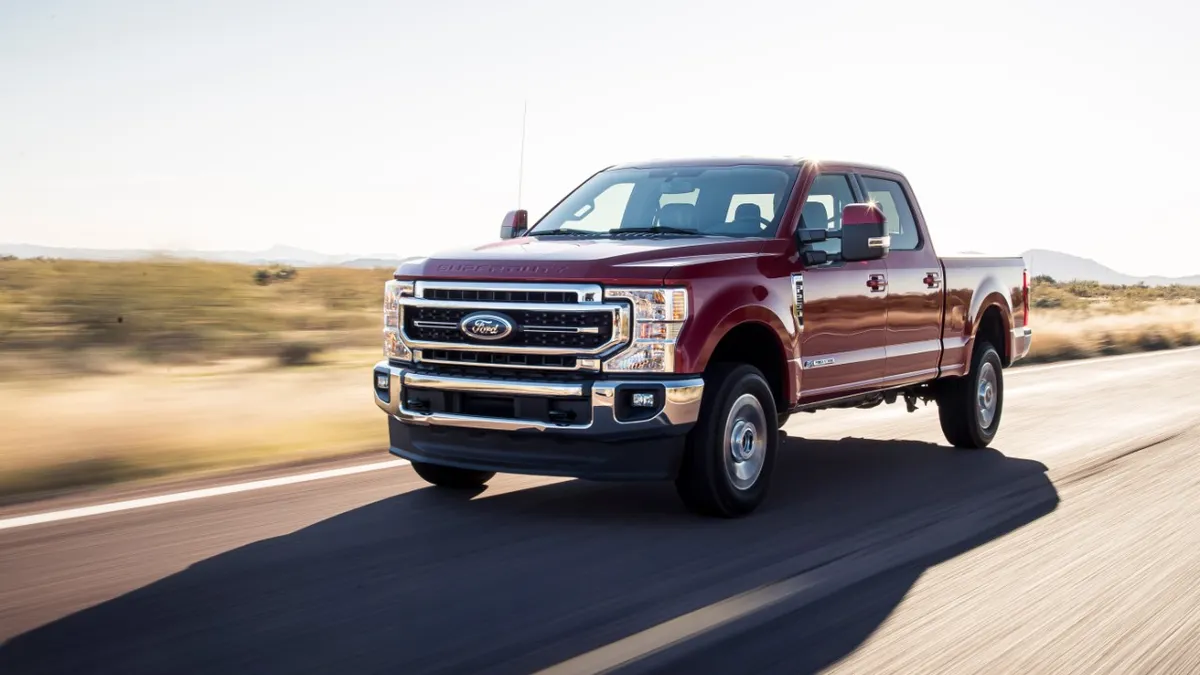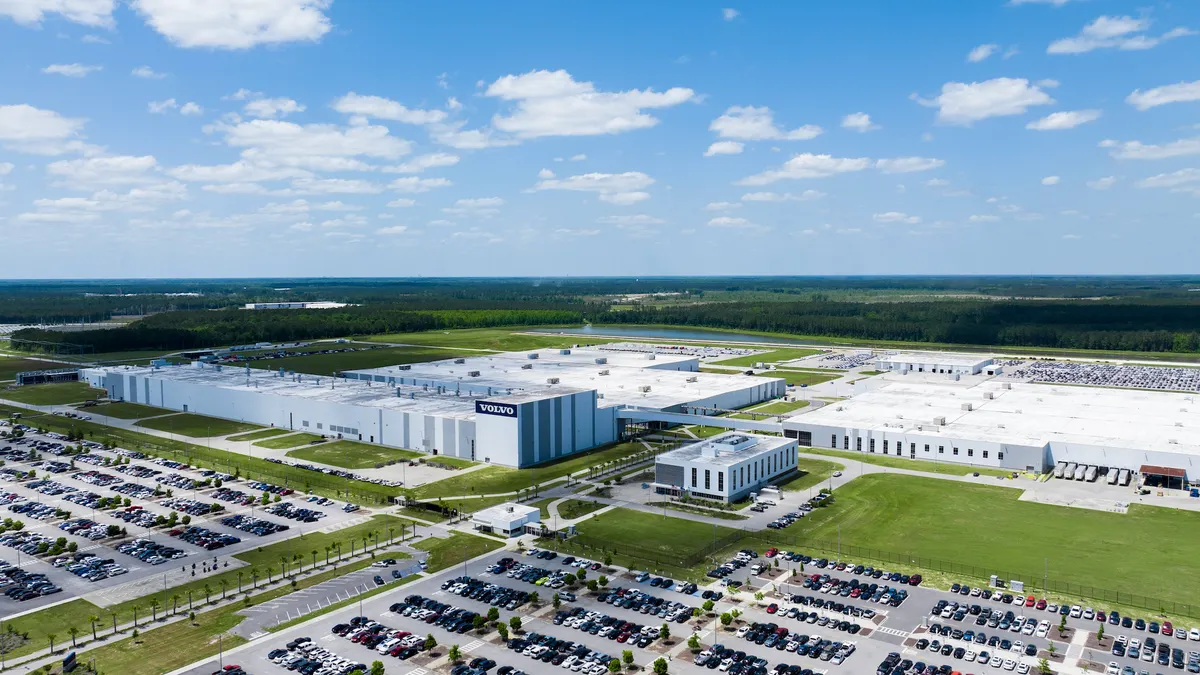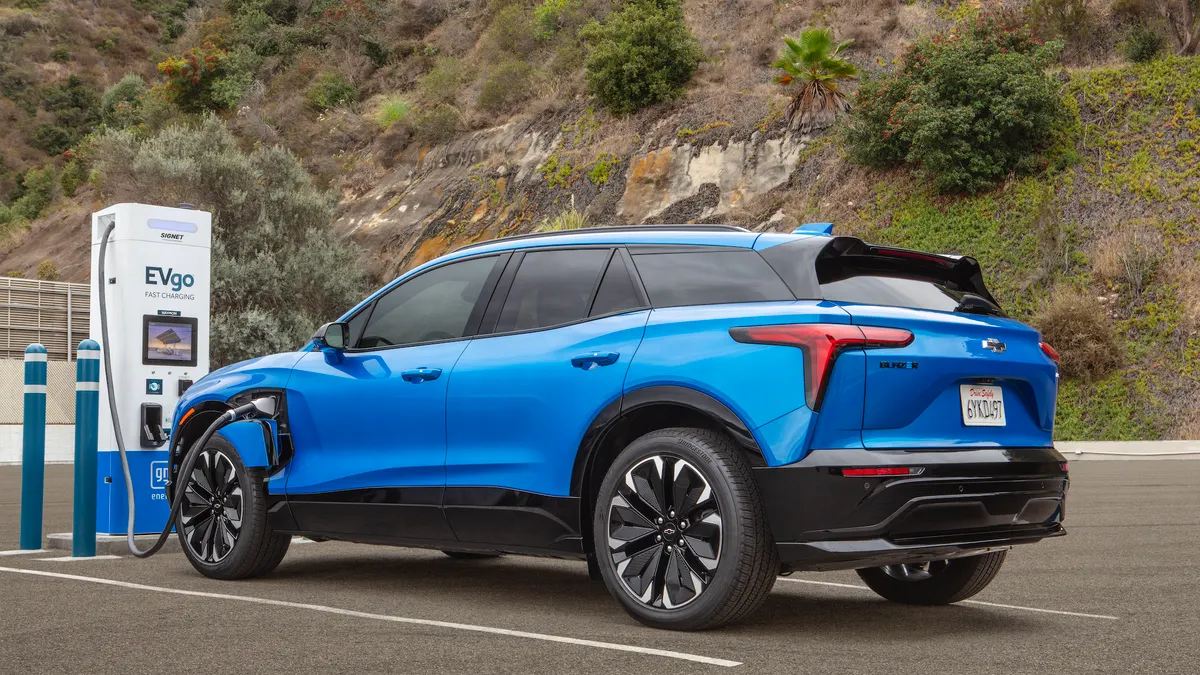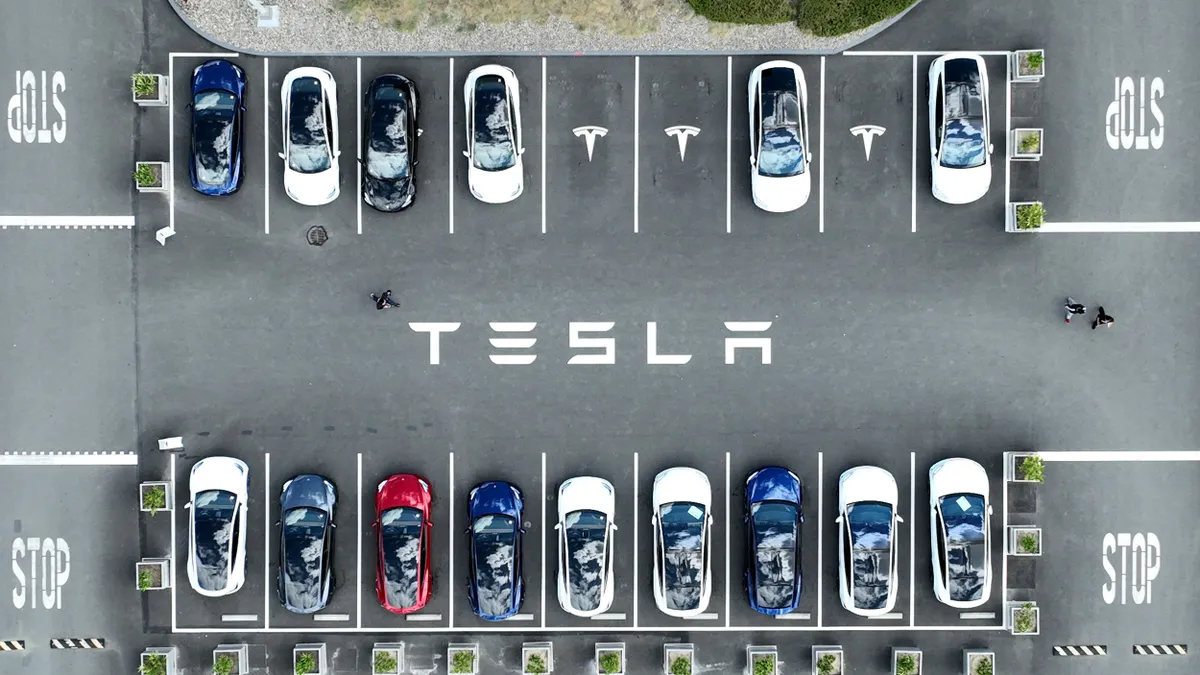Ford Motor Co. suspended its annual guidance on Monday because of uncertainty around President Trump’s tariffs, saying the levies, as currently set in place, will cost the company about $2.5 billion gross profit and $1.5 billion net profit.
Prior to Trump’s tariff scheme, Ford projected earnings before interest and taxes of $7 billion-$8.5 billion for full-year 2025. Even that performance was lower than the previous two years. In 2024, Ford reported adjusted earnings before interest and taxes (EBIT) of $10.2 billion, a slight decrease from $10.4 billion for 2023.
Ford's revenue fell 5% to $40.7 billion in the first quarter of 2025 but beat Wall Street expectations of about $36 billion.
Ford says it is reducing tariff costs on vehicles made in Mexico and Canada, as well as content from other countries, by about $1 billion through various actions, including transporting vehicles from Mexico to Canada using bond carriers, so they are not subject to U.S. tariffs.
By contrast, General Motors says it expects tariffs to cost it between $4 billion and $5 billion this year.
“It’s still too early to gauge the related market dynamics (created by the tariffs) including the industrywide supply chain disruptions and the impact of Ford’s domestic manufacturing advantages,” says CEO Jim Farley. “And as a result, we decided to suspend our guidance.”
Automakers, as well as any other company having to import products and parts from outside the U.S., pay the tariffs rather than countries exporting to the U.S., and will be able to deduct the tariffs from their corporate income tax paid to the U.S. Treasury.
The reason for pausing guidance is that Trump has been erratic in settling on a tariff policy, which he is making unilaterally based on enacting the Emergency Powers Act, which critics have said is illegitimate. However, Congress thus far is allowing the president to proceed with the act despite no evidence of claimed emergencies at the northern or southern borders.
“Investors have preferred Ford over GM, given Ford has a much higher mix of U.S. sales that are assembled in the U.S.,” Barclays analysts write in a research note, saying Ford’s 79% of U.S. sales assembled in the country is advantageous when compared with GM’s 53%.
Ford produces more vehicles within the U.S. than any other automaker, giving it a favorable position amid tariffs. In fact, the automaker notes it has invested $50 billion since 2020 in U.S. production.
By Units
Ford Pro (Commercial Vehicles) continues to be a strong performer, generating $15.2 billion in revenue in Q1 2025. The demand for Super Duty trucks and Transit vans, coupled with a growing suite of software and services, contributed to this success. Ford says the division's gross margins are up 20% year over year as it maintains a 40% market share in commercial vehicle software services.
Ford Blue (internal-combustion-engine vehicles) is showing declining profits despite generating $21 billion in revenue in the last quarter.
Ford Credit contributed $1.7 billion in earnings before taxes, up from $1.3 billion in 2023, supported by improved financing margins.
Ford’s Model e (electrified vehicles) division is still losing money. While revenue was $1.2 billion, the division reported an EBIT loss of $849 billion in Q1. Aggressive pricing strategies and high production costs continue to challenge profitability. Ford warns that Q1 will likely be the unit's best-performing quarter this year. Model e faces significant losses, with a projected annual deficit of $5 billion.
The introduction of 25% tariffs on imports from Mexico and Canada poses a threat to Ford’s supply chain and profitability, as these regions account for a significant portion of its North American production. Delays in launching key EV models, and the postponement of the Blue Oval City Kentucky plant’s operations to 2026, hinder Ford’s ability to meet EV demand and capitalize on market opportunities.
Tariff Hits
Per-Vehicle Cost Increase: Analysts estimate that the 25% tariffs on imported auto parts have added approximately $4,911 to the production cost of each vehicle assembled in the U.S.
Total Industrywide Impact: A study by the Center for Automotive Research projects that U.S. automakers, including Ford, GM and Stellantis will face combined additional costs of approximately $41.7 billion due to these tariffs.
The Trump Administration’s 25% tariffs on imported steel and aluminum are poised to significantly impact Ford’s F-Series pickup truck profits, particularly for the F-150 model. Analysts estimate that these tariffs could add approximately $400 to the production cost of each F-150, potentially eroding profit margins or leading to higher consumer prices.
While Ford sources about 90% of its steel domestically, the company relies on Canadian suppliers for a significant portion of its aluminum needs. The tariffs on Canadian aluminum imports strain this supply chain and reconfiguring it to rely solely on U.S. sources could take years.
Quality Is Job 1
Ford's Farley, despite making better quality a priority two years ago, is seeing persistent high warranty expenses continue to impact the automaker's financial performance.
On the upside, Ford had the greatest improvement among automakers on J.D. Power’s Initial Quality Study. The company also notes it is on track to reduce fixed costs in its operations by $1 billion this year. That cost cutting enabled Ford to post $1 billion in Q1 EBIT, far better than the break-even level anticipated by Wall Street.
Ford shares are up 6.4% year to date, better than the 4% decline in the S&P 500 in the same time period, according to historical share prices and Monday’s closing price.


